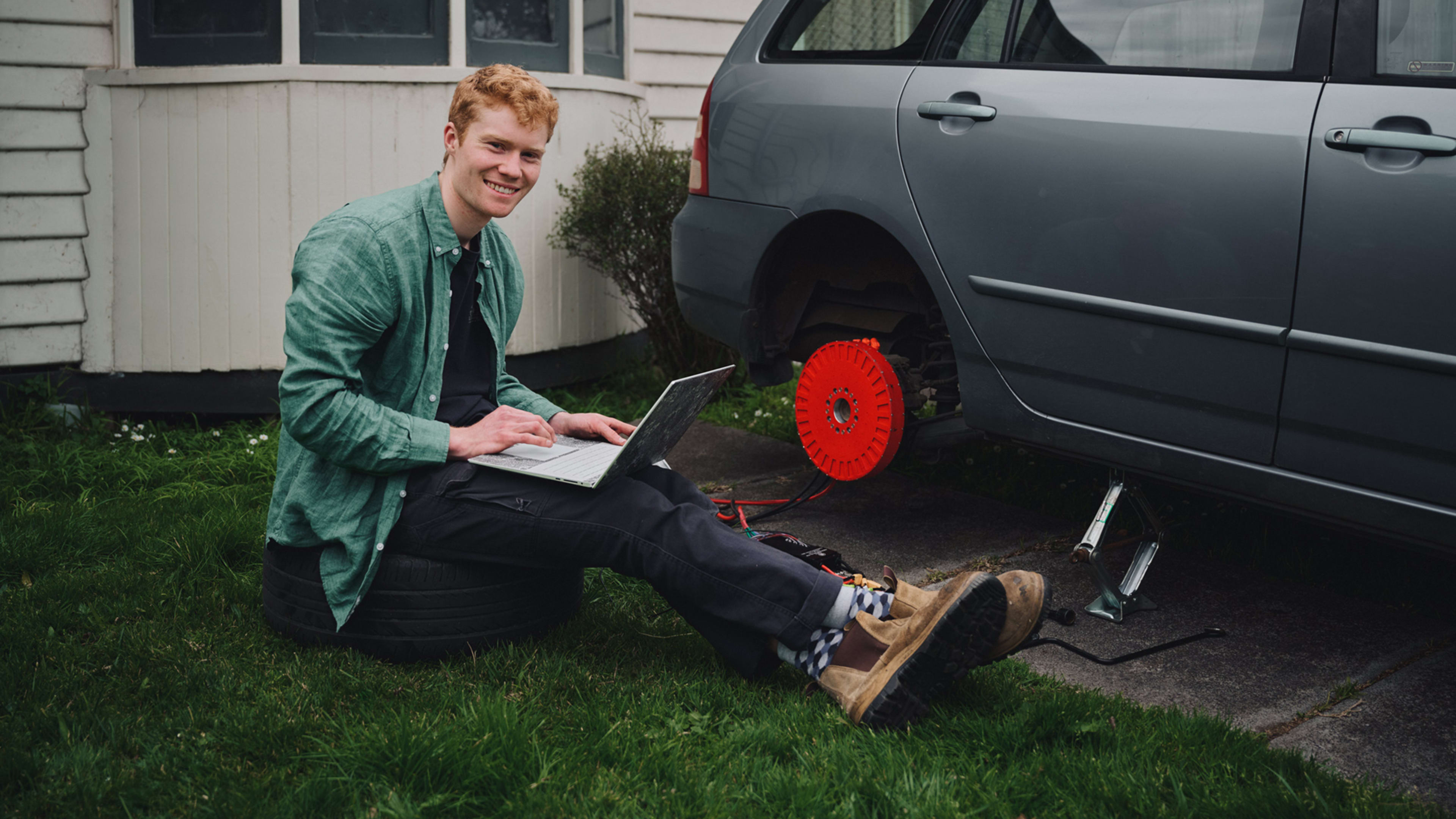By 2030, most new cars sold globally may be electric. (In Norway, the vast majority already are.) But there will still be more than a billion gas and diesel cars on the road—and it will take decades for them to disappear, even as the need to cut emissions keeps getting more obvious.
A new retrofitting kit called REVR, from an Australian design student, could help: It’s designed to affordably convert fossil-fueled cars to hybrids. Right now, “retrofitting exists, but it’s mainly for classic cars that can justify the current high-price tag,” says designer Alexander Burton, who recently won the James Dyson Award for Australia for the concept. He started thinking about the problem when he wanted to convert his own 20-year-old Toyota Corolla.
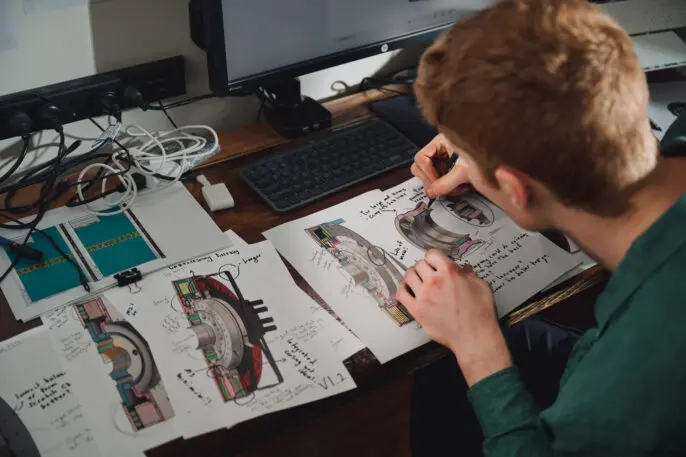
“Retrofitting uses what we already have,” he says. “I wanted to take it further by replacing as little of my car as possible. A big sell for retrofitting should be to save money, as you aren’t buying a whole new car. Like me, I think a lot of people want to drive electric for both environmental reasons but also skyrocketing fuel prices. They simply can’t afford it.”
He estimates that the kit could cost around AU$5,000 (around $3,100), or a tenth as much as a gas-to-electric conversion costs now.
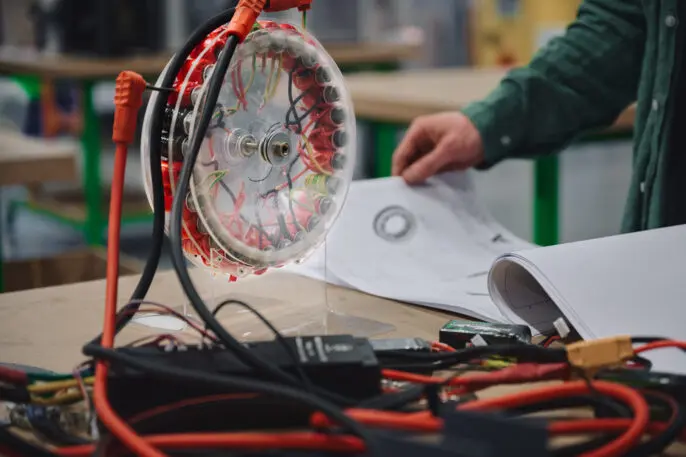
Instead of removing and replacing the internal combustion engine, like a standard conversion, the design adds motors to the back wheels, with a battery and control system in the spare wheel well. Data about braking and acceleration is sent to the system from the accelerator, like in existing hybrid vehicles. The conversion “is a bolt-on solution, so we don’t mess around with any of the systems of your car, like your brakes or engine,” Burton says. Small cars would be easiest to convert, but the system could also work on larger SUVs.
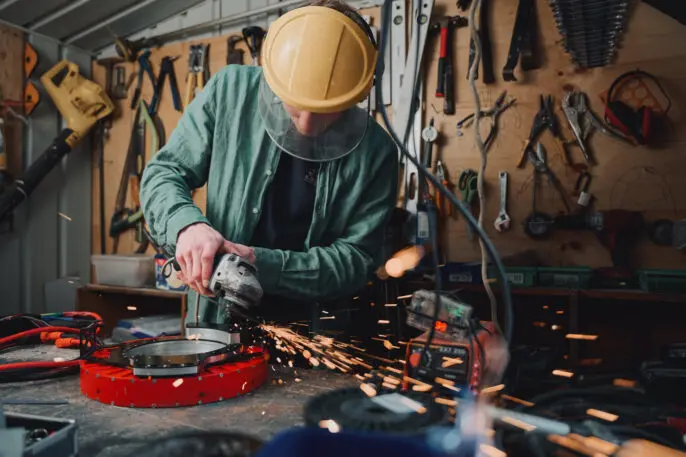
The design would give the car around 62 miles of electric range before it switches back to the internal combustion engine. But for a typical commute, that’s far enough that someone could rely solely on electricity most of the time.
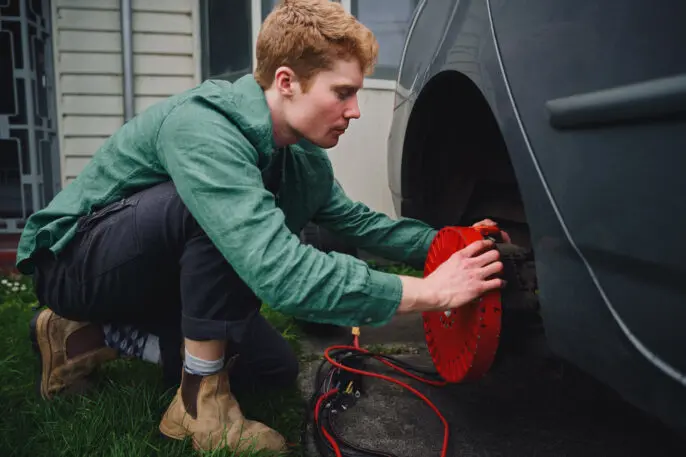
Right now, the design is in the early stages, but it is developed enough to win the James Dyson Award; the award provided financial support that Burton will use for more development. Burton has built prototypes of REVR to demonstrate how the electronic and mechanical components work. In the coming months, he plans to convert his Corolla to fully validate the approach. And he’s starting a company. His ultimate ambition: to help convert a million cars.
Recognize your brand’s excellence by applying to this year’s Brands That Matter Awards before the final deadline, June 7.
Sign up for Brands That Matter notifications here.
